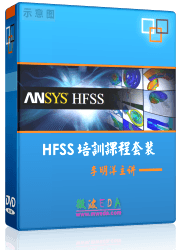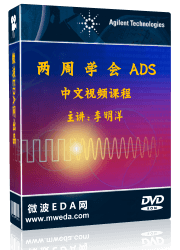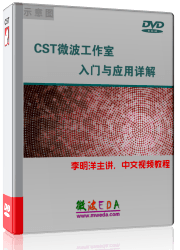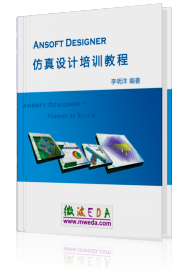Mesh Properties (Hexahedral)
 Mesh
Mesh  Global Properties Global Properties
Through the Mesh Properties dialog box the
mesh generation
can be controlled. The settings of this dialog box influence the mesh
generally, regardless if the automatic mesh generation is switched on
or off. If the automatic mesh generation is switched on, its behavior
can be controlled by the Special
Mesh Properties dialog box (
Mesh  Global Properties Global Properties  Specials...). Specials...).
Note:
The active mesh type refer merely to the mesh preview. A change of the
solver method will change the active mesh type.
Mesh density control frame
Lines
per wavelength: This value is connected to the wavelength of the
highest frequency
set for the simulation. It defines the minimum number of mesh lines in
each coordinate direction that are used for a distance equal to this wavelength.
This sets the spatial
sampling rate for the signals inside of your structure. This setting has
a strong influence on the quality of the results and on the calculation
time. Increasing this number leads to a higher accuracy, but unfortunately
also increases the total calculation time.
A good compromise
between calculation time and the achievable accuracy is the default value
of 10.
Lower mesh limit
(LML): This setting allows you to define
the maximum mesh step to be used for the mesh creation,
regardless of the setting in Lines
per wavelength. The maximum
step width of the mesh is determined by dividing the smallest face diagonal
of the bounding box of the calculation domain by this number with a factor
of sqrt(3.0):
Maximum
Step Width = Smallest Box Face Diagonal / LML / sqrt(3.0)
Mesh line ratio limit:
The calculation time is highly dependent
on the chosen mesh. Not only the absolute number of mesh cells used is
relevant, but also the distance between two mesh lines. The smallest distance
existing in a mesh directly influences the width of the time steps usable
in the simulation. The smaller the smallest distance, the smaller the
time step and the longer it takes to simulate a period of the electromagnetic
fields.
For
some structures the automatic mesh generator creates mesh lines that are
very close to each other. For a very accurate simulation these mesh lines
might be necessary, but the resulting calculation time might be unacceptable.
To avoid such a situation you can define this ratio limit. It forces the
automesh module not to overcome an absolute ratio between the highest
and the smallest distance between mesh lines.
The default value of 10 is very often a good
compromise to start with.
Be aware that this setting holds for the manual
mesh as well! If you set two fixpoints too close to another, you might
not get mesh lines through these fixpoints although expected.
Smallest mesh step
Sets the smallest mesh step defined by the structure's
geometry. However, if a smaller value is defined in the Local
Mesh Properties (Hexahedral) or a
mesh step refinement due to a shorter wavelength inside dielectric material
is needed, the particular minimum is used.
Automatic mesh generation
Switches the automatic mesh generation on or
off. That means if the automatic mesh generation is switched off then
the current mesh controls are fixed and the mesh of the last
automatic generated mesh is used. Afterwards only single mesh lines can
be removed or added.
Specials...
This button leads to a dialog box, that allows
you control the automatic
mesh generator.
Mesh summary frame
The values shown in this frame are only for
information purposes. You cannot edit them.
Min. mesh step:
The smallest mesh step used.
Max. mesh step:
The biggest mesh step used.
Nx / Ny / Nz:
These fields shows you the number of mesh lines in each coordinate
direction used in the current mesh.
Meshcells:
This number is the total number of mesh cells used in the current
mesh. It is directly connected to the simulation time and the amount of
memory needed.
OK
Accepts the changes and closes the dialog. If
changes were made, the mesh will be updated.
Apply
Stores the current settings. The dialog box
open remains open.
Update / Force LF Mesh / Force HF Mesh
Update
In cases where the determination of the mesh
needs some time (staircase mesh for instance) it is not updated automatically
by the "Apply" or the "OK" button. Press this button
to force the mesh to be updated.
Force LF Mesh / Force
HF Mesh
If a problem type has been changed from "High
Frequency" to "Low Frequency" or vice versa you will be
asked if the mesh should be updated according to the new problem class.
Pressing this button may delete existing results.
Cancel
Closes this dialog box without performing any
further action.
Help
Shows this help text.
See also
Mesh
View, Automesh Properties, Frequency
Range. Simplify
Model, Which mesh
to use, Hexahedral
Mesh




HFSS视频教程
ADS视频教程
CST视频教程
Ansoft Designer 中文教程
|